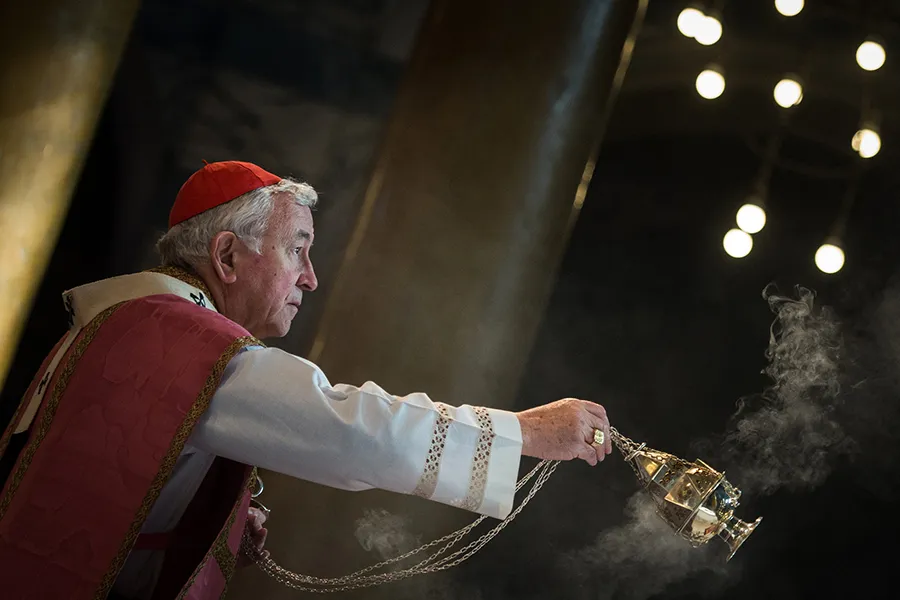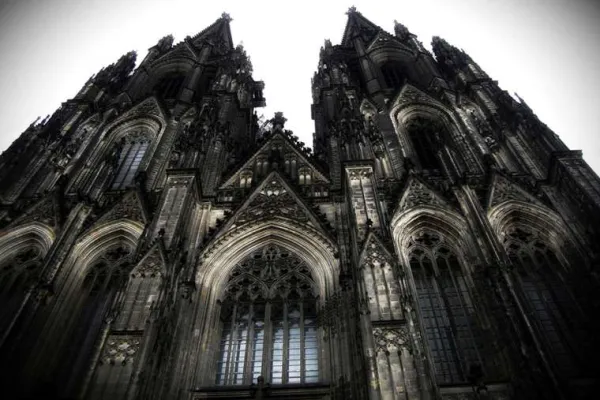
London, England, Sep 4, 2017 / 12:44 pm (CNA/EWTN News).- The Vatican has approved a decision from the Catholic bishops in England and Wales to move two Holy Days of Obligation back to their original dates.
Effective starting on December 3, the first Sunday of Advent of this year, the Catholic dioceses in England and Wales will celebrate the Epiphany of the Lord on January 6, and the Ascension of the Lord on the Thursday after the 6th Sunday of Easter.
The celebration of Epiphany will be moved to the adjacent Sunday when it falls on a Saturday or Monday, per a norm established by the Bishop’s Conference of England and Wales in 1984.
The decision was recently announced in a decree from the Catholic Bishop’s Conference of England and Wales, signed by Cardinal Vincent Nichols, Archbishop of Westminster and President of the Bishops’ Conference.
“In 2006, the Bishops’ Conference decreed that the Solemnities of the Epiphany of the Lord, the Ascension of the Lord and the Most Holy Body and Blood of Christ (Corpus Christi) be transferred to Sunday in accord with the Universal Norms on the Liturgical Year and the Calendar 7,” Cardinal Nichols said in the decree.
The idea to move the celebrations of the Epiphany and the Ascension of the Lord back to their original dates came after “(h)aving considered further the significance and observance of Holy Days of Obligation, in accordance with canon 1246,” the decree notes.
According to the decree, the decision of the bishops was reached during the November 2016 Plenary Assembly of the Bishop’s Conference of England and Wales. It was then submitted to the Apostolic See for approval, in accord with canon 1246.
The Bishops’ Conference received official approval of the move in a decree from the Congregation for Divine Worship and the Discipline of the Sacraments, signed by Cardinal Robert Sarah, the prefect for that Congregation.
The Solemnity of Corpus Christi will still be transferred to Sunday, according to the 2006 decision.
More information about the Holy Days of Obligation and their dates can be found on the website of the Liturgy Office for the Bishop’s Conference of England and Wales: http://www.liturgyoffice.org.uk/Calendar/Holydays.shtml
If you value the news and views Catholic World Report provides, please consider donating to support our efforts. Your contribution will help us continue to make CWR available to all readers worldwide for free, without a subscription. Thank you for your generosity!
Click here for more information on donating to CWR. Click here to sign up for our newsletter.




Leave a Reply